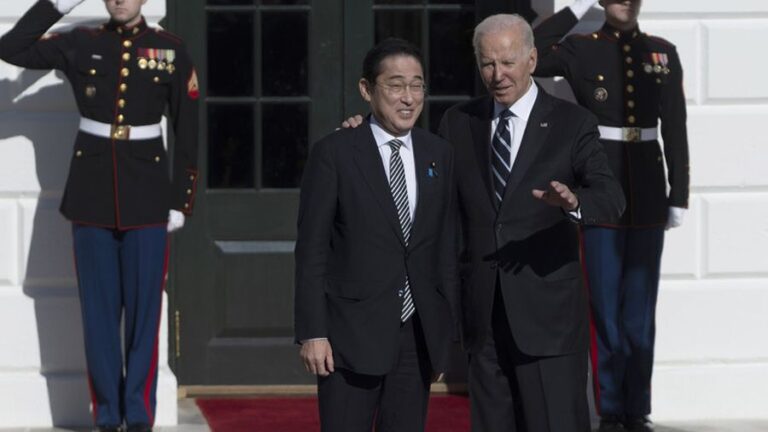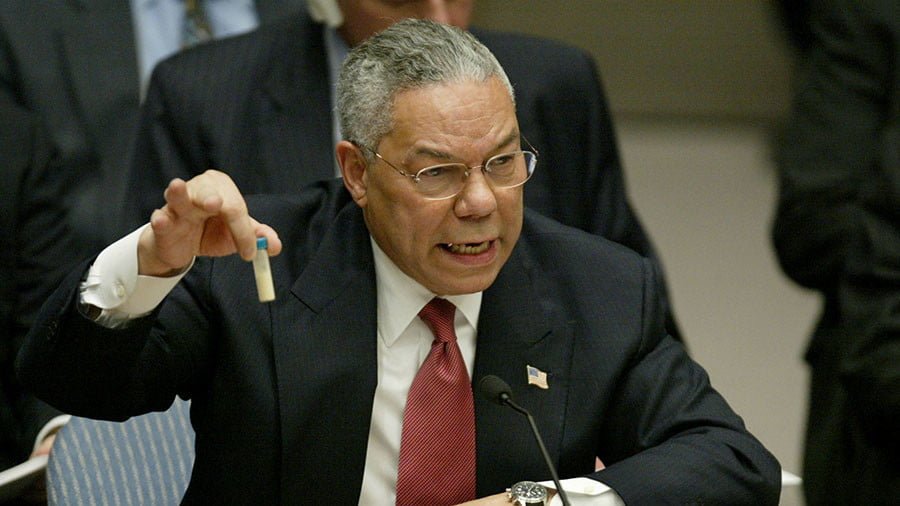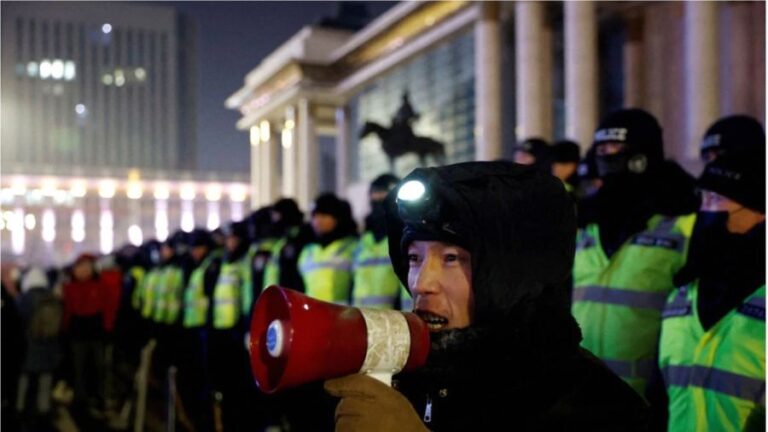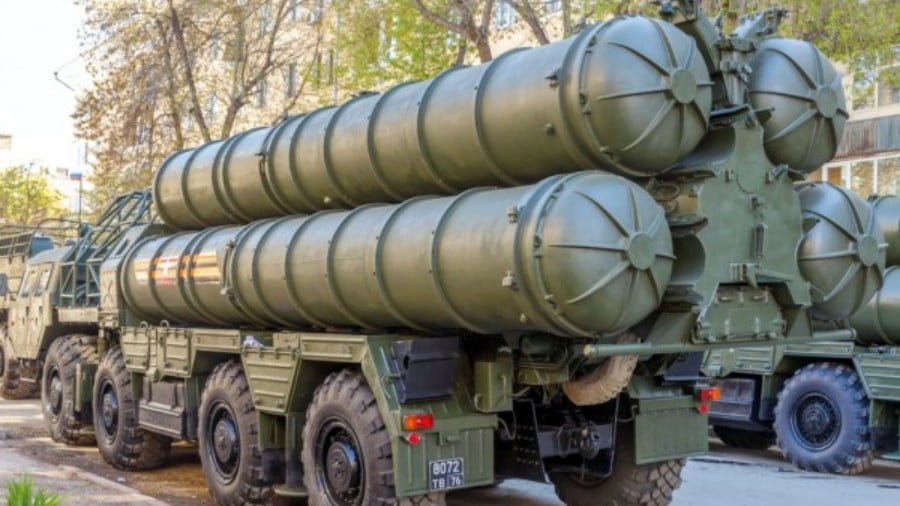Saudi Arabia Realizes its Dreams
Developments in recent months clearly show that Saudi Arabia is steadily moving beyond being only a religious Mecca, becoming more and more also a center of political and innovative global gravity. This is not only evidenced by the attempt by Washington, which is losing more and more of its hegemonic position every day, to secure Riyadh’s support during Joe Biden’s recent visit. But also the race of many other political pilgrims to this country, actively seeking to establish friendly business contacts with the Saudi Kingdom.
But it is not just politicians who have flocked to the Saudi Kingdom in recent years. Crown Prince Mohammed bin Salman managed to convene his Future Investment Initiative (FII) Forum back in 2017 with his out-of-the-box thinking on global issues, informally dubbed “Davos in the desert”. Unlike the WEF in Davos in Switzerland, which since the 1990s has been the world’s main center of debate among economists, sociologists and businesses about future trends in global development, “Davos” in Saudi Arabia has become the first example of a world economic forum based entirely on proactive planning for the future rather than on the search for answers to already known challenges. And it confirms a very different basis for the FII agenda from Switzerland’s Davos: what economies and states can determine in future global development. This takes into account the fact that many players in the global investment market now have at their disposal new technologies and financial opportunities that could change the perception of the economic geography of the world and the location of centers of technological development within a few decades. It is not surprising, therefore, that when addressing the Saudi Davos participants in 2017, the Crown Prince stressed: “We only invite those with a rich imagination”.
The US investment banks commissioned by Prince Mohammed bin Salman have drawn up an economic, social and ideological reform program for the oil-dependent country called Vision 2030, at a cost of more than a billion dollars.
One of the main themes of Vision 2030 was the $500 billion project NEOM, the city of the future. The Crown Prince called on dreamers from all over the world to collaborate on the project and found Russia among the first investors.
The site for NEOM, measuring 25,000 square kilometers, was chosen near the Red Sea – next to the Suez Canal, symbolizing a bridge between Africa and Asia. The city is planned as a flat line 170 km long and 200 m wide along the sea coast, and will be home to 9 million people. In the project’s commercials, women walk without scarves and work shoulder to shoulder with men, which was already a fantastic picture five years ago for Saudi Arabia, where women are restricted in many rights, and in some cases the right to work as well. However, in NEOM city they will clearly have to shed archaic cultural attitudes and will be able to Westernize their way of life to a large extent.
The website for this most ambitious project by the Saudi Crown Prince indicates that the newest metropolis for 9 million inhabitants will take all streets underground, as will hydrogen production facilities for transport, and that life in the city will be controlled by artificial intelligence. There will also be an urban spaceport. The electricity will be fully renewable, with water going there through desalination plants. The food will be a product of the latest biotechnology and innovation, suggesting full self-sufficiency in the city – both in terms of energy and food. According to plans, the 170-kilometer city will have three levels: pedestrian zones, parks and entertainment will be on the surface. Technical services, communications, and the service sector are below ground. And public transport, freight transport, and unmanned cars are even lower.
The key feature of the city of the future should be its legal status, its lack of dependence on the existing Saudi state system, and therefore its own tax and labor laws and autonomous judicial system. This is why the project’s commercials emphasize that NEOM should be a place free of corruption and religious extremism, open to all nationalities and faiths.
As one of the city’s major NEOM structures, Saudi Arabia unveiled the $1 trillion Mirror Line skyscraper project, which will be over 100 km long and made of mirror glass, taller than the Empire State Building (381m). The Mirror Line will consist of two buildings 487m high, which will run parallel to each other across 120 km of desert, coastal and mountainous terrain.
Construction of the NEOM wonder city began in 2021, bringing together some of the best international architects, civil engineers, even Hollywood production designers, writers and futurists. The first phase of construction is due to be completed in 2025, and NEOM is already expected to be inhabited in 2030. Saudi authorities estimate that the first phase of construction of the wonder city will cost $320 billion.
Saudi Arabia is allocating 300 billion riyals ($80 billion) for the investment fund associated with the megaproject of the NEOM city. In addition, according to a Bloomberg report citing a statement by Crown Prince Mohammed bin Salman, an initial public offering of the megaproject is planned for 2024. Speaking to reporters in Jeddah recently, the Crown Prince said the NEOM investment fund could eventually be increased to $106.5 billion by companies that would agree to work on the project.
With more than 9.5 billion people expected to live on the planet in 2050, of which 6.7 billion will be settled in cities, the creation of the NEOM wonder city in Saudi Arabia, while fabulous, correlates with the latest architectural design concepts in other countries.
In China’s Sichuan province, for example, there were plans to build Chengdu Great City by 2023. However, because of the coronavirus, the deadline for its creation has so far been postponed to an undetermined date. As in NEOM, in the Chinese project people will be able to travel exclusively on foot: it will take 10 minutes from the residential areas in the center to the park on the outside. All necessary social facilities are within walking distance.
Another daring Aequorea project was developed by French architect Vincent Callebaut for Brazil, proposing a city of three jellyfish skyscrapers submerged in water. It was planned to place offices, housing, businesses, educational institutions, and social facilities inside. It was proposed that recycled rubbish from the ocean would be used in the construction, and that the structures would be printed on a 3D printer. However, for the time being this project is still on paper.







